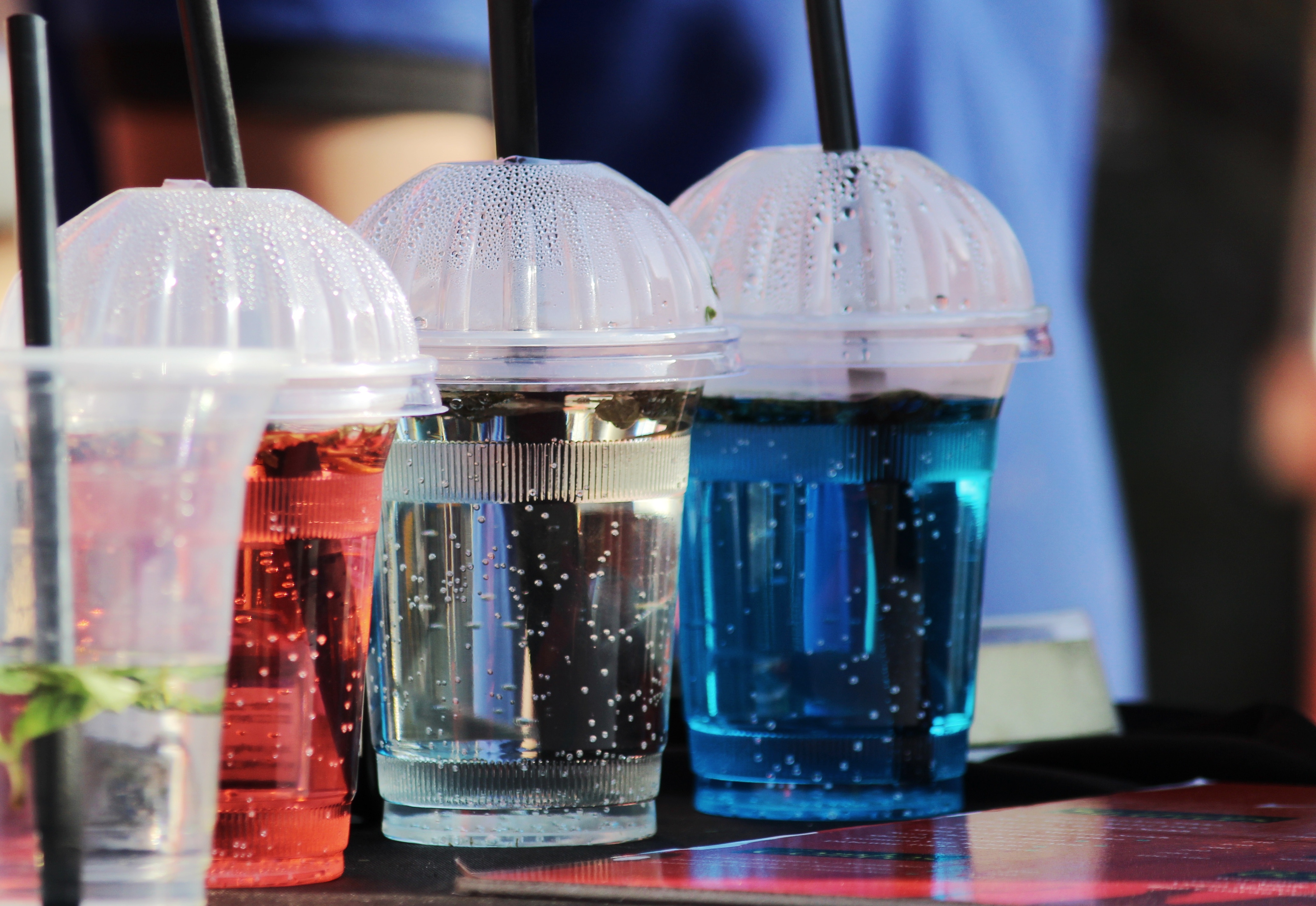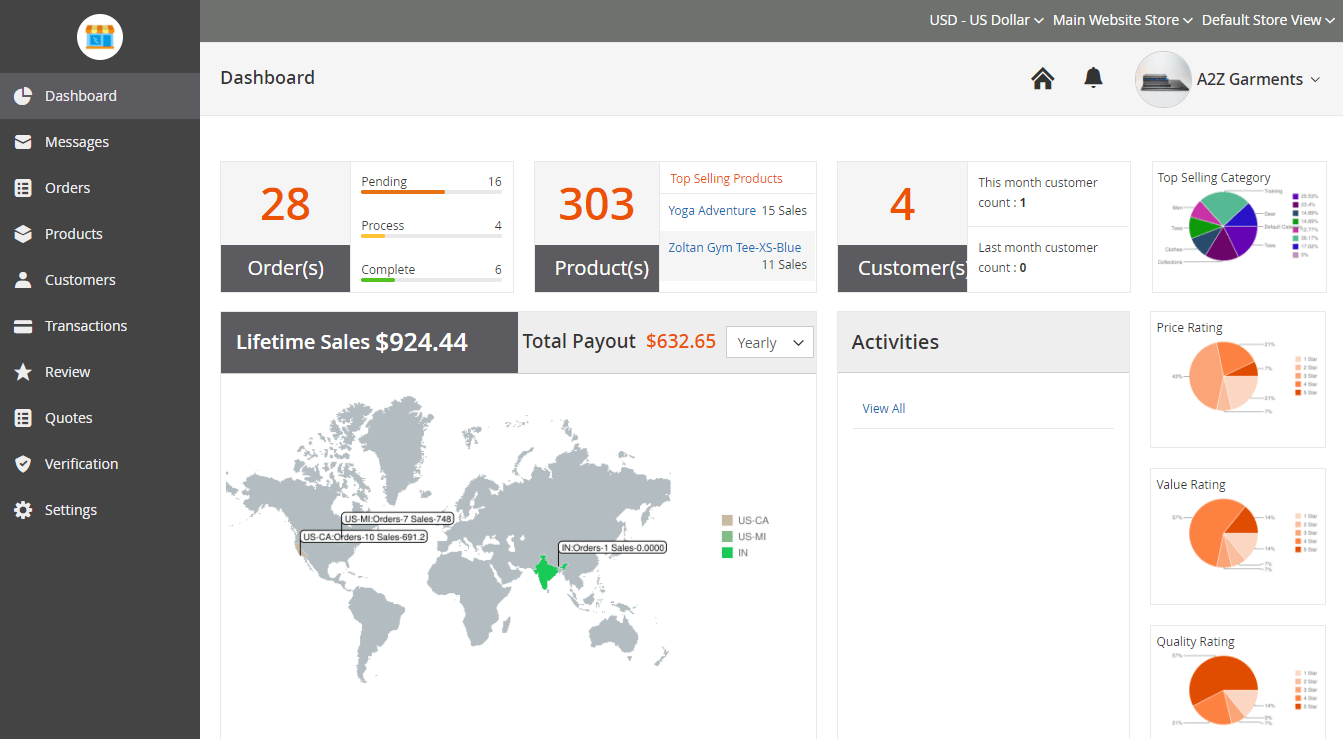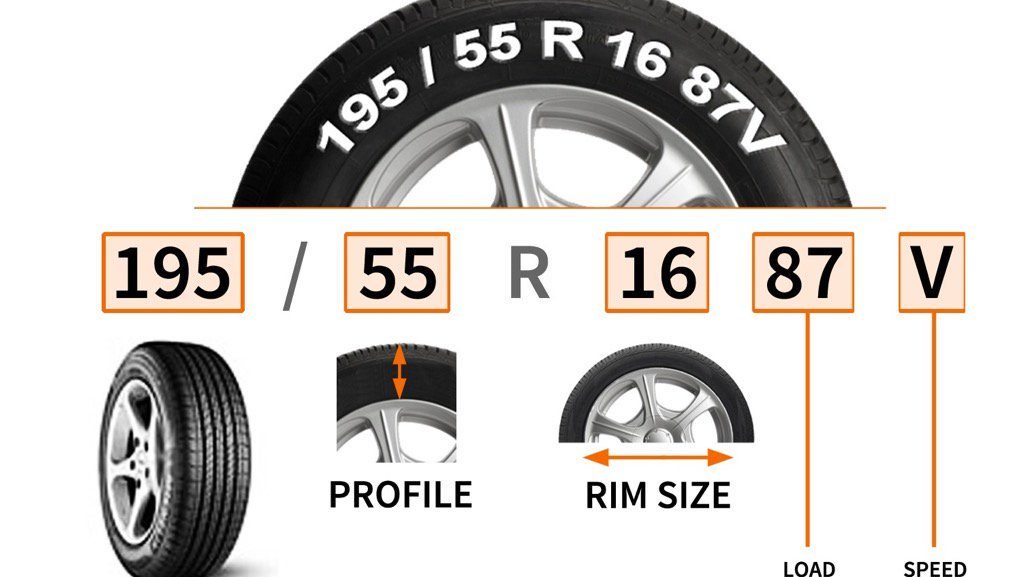For most manufacturing companies, plastic injection is the most common way to create plastic parts. Plastics, specifically thermoplastics are polymers that can be molten repeatedly or solidified by cooling or softened by heating.
It is important for you to know what type or kind of plastic you should use for each specific purpose. Narrowing down the extensive list of plastic materials is probably a daunting task to you, so we have prepared this list to help you out. Here are 3 types of plastics used for injection molding.
Acrylonitrile Butadiene Styrene
Acrylonitrile Butadiene Styrene, or ABS, is an amorphous polymer and an opaque thermoplastic. It is a terpolymer consisting of three distinct monomers namely: Acrylonitrile, Butadiene, and Styrene. Together these three create a product that is light in weight, flexible, and can be molded into many different everyday items.
One of the many advantages of ABS is that a variety of modifications can be made to improve heat resistance, impact resistance, and toughness. The temperature it was molded in can also affect it in different ways: molding at a low temperature is where the highest strength and impact resistance are obtained while molding at a high temperature improves the heat resistance and gloss of the product.
ABS is used in drainpipe systems, automotive parts, golf club heads, plastic clarinets, common kitchen appliances, LEGO bricks, and many other products.
Polyethylene
This plastic polymer has a variable crystalline structure and an extremely large range of applications depending on the specific type. It is one of the most popular and the most versatile plastics in the world since it was developed in the 1950s by German and Italian scientists. The two most common types of this plastic are low-density polyethylene, or LDPE, and high-density polyethylene, or HDPE.
Using polyethylene can be advantageous because it has a high level of ductility, impact resistance, tensile strength, moisture and absorption resistance, and recyclability. The plastic becomes more rigid, more heat resistant, and stronger when a high-density polyethylene material is used. Polyethylene is primarily used in containers including bottles and geomembranes, plastic bags, and plastic films.
Polycarbonate
Polycarbonate, or PC, plastics are an amorphous and naturally transparent thermoplastic. These are used to produce a variety of materials and are especially useful when an object requires transparency and impact resistance such as bullet-proof glass.
Polycarbonate can undergo large plastic deformations without cracking or breaking, unlike most thermoplastics. PC is also commonly used for digital disks like DVDs, eyewear lenses, greenhouses, cellular phones, and automotive components/
Polyamide
Polyamide, more commonly known as nylon, is used in a large range of different applications because of its toughness, wear resistance, chemical resistance, and electrical properties. Nylon has a high level of stability that helps with its strength and is resistant to many external factors like impact, chemical, and abrasion.
This material can be used to produce parts for many industries such as:
● Medical products
● Industrial components
● Sports equipment
● Automotive parts
● Apparel and footwear
Key Takeaway
Choosing the right type of plastic for your injection company can result in an increase in performance and a reduction on cost. There is no such thing as a “one size fits all” solutions when it comes to producing molded plastic parts.
Make sure that the plastic you use in your application is the correct one for it to avoid the hassle of initiating recalls for defects.















